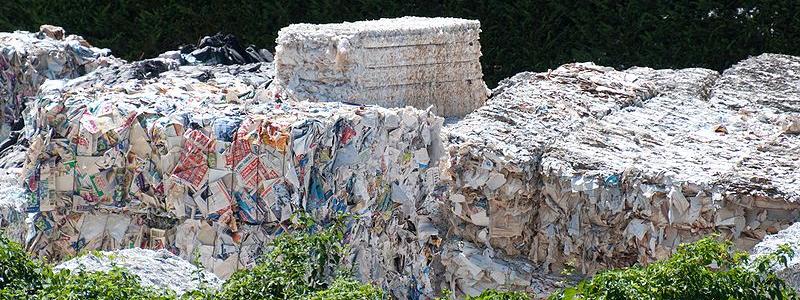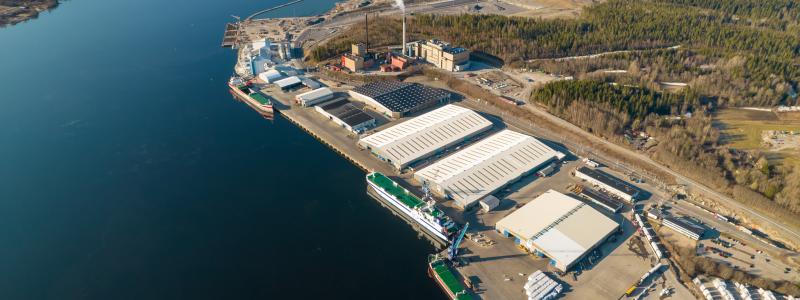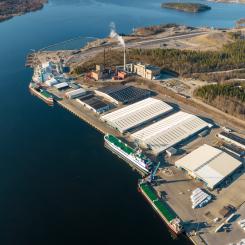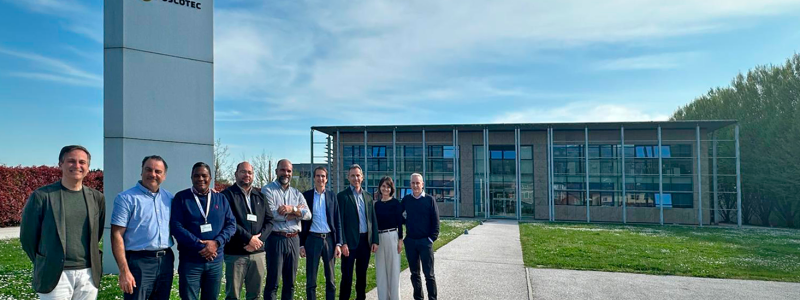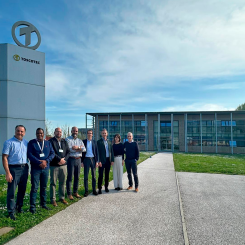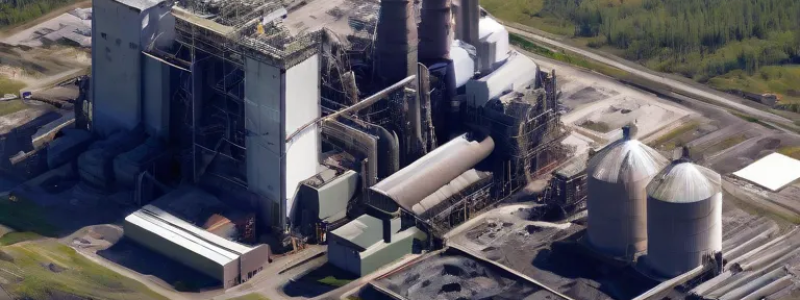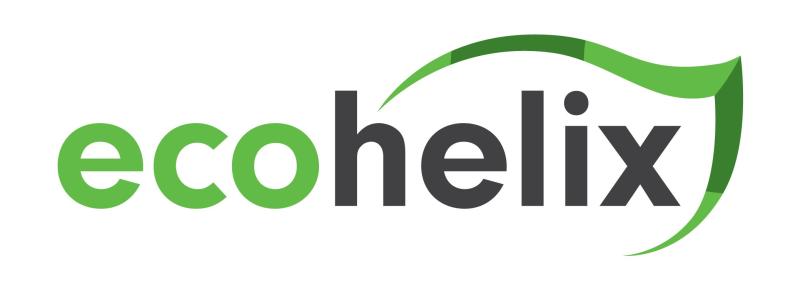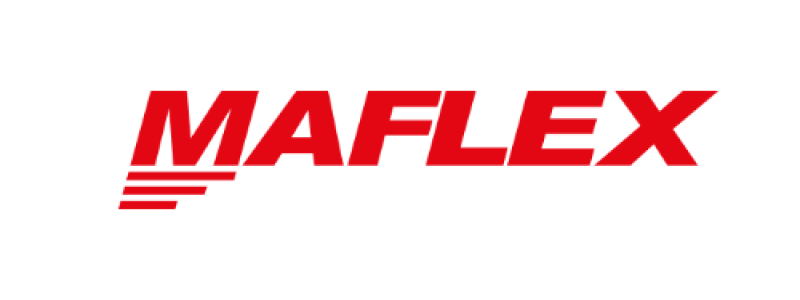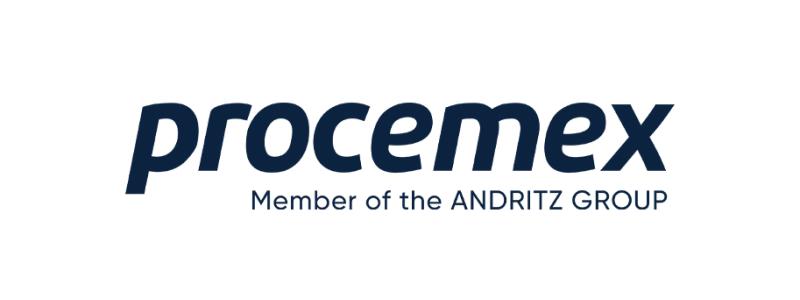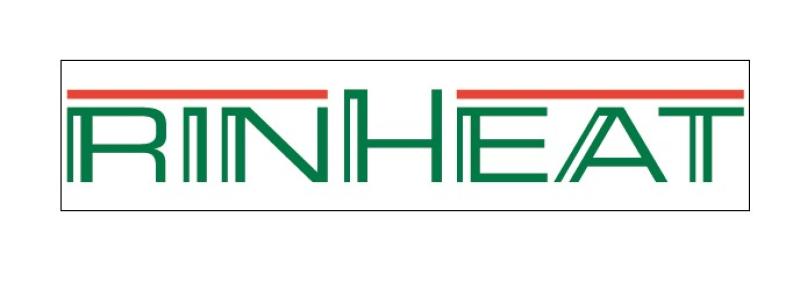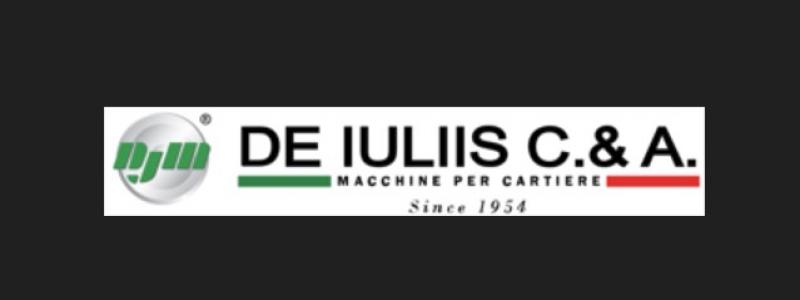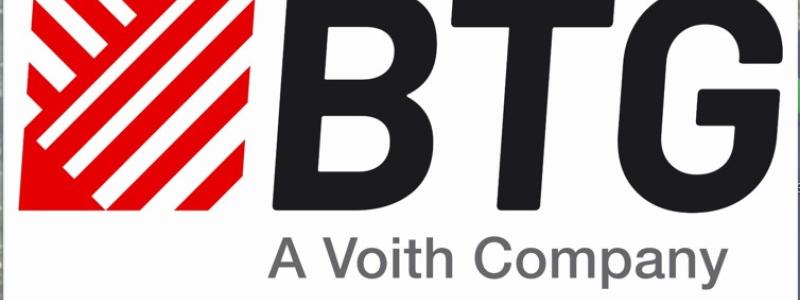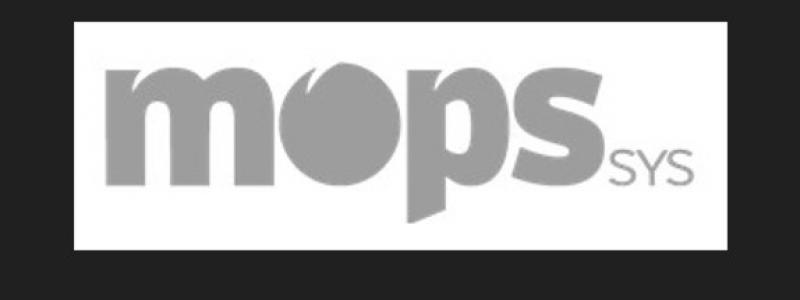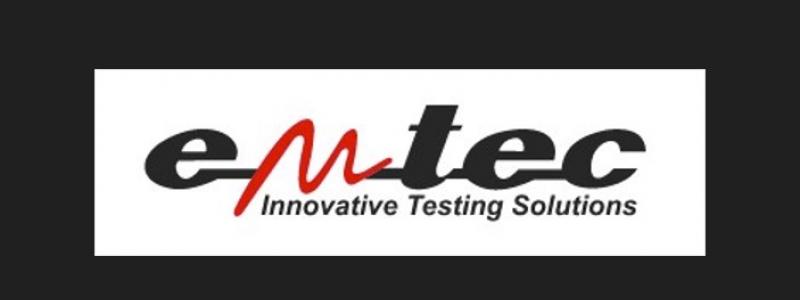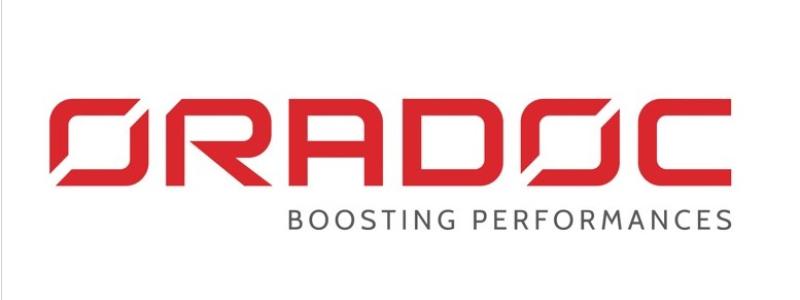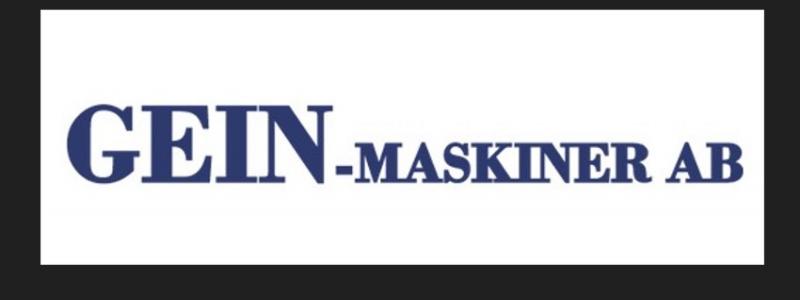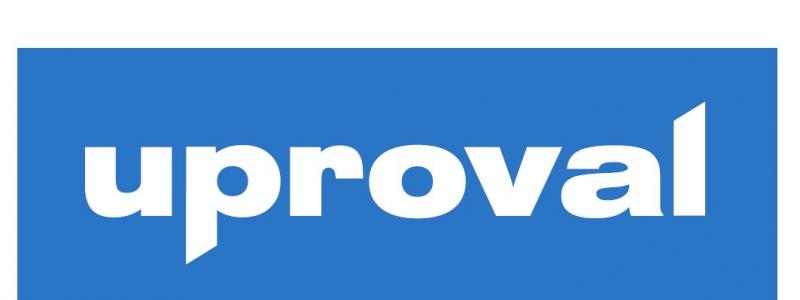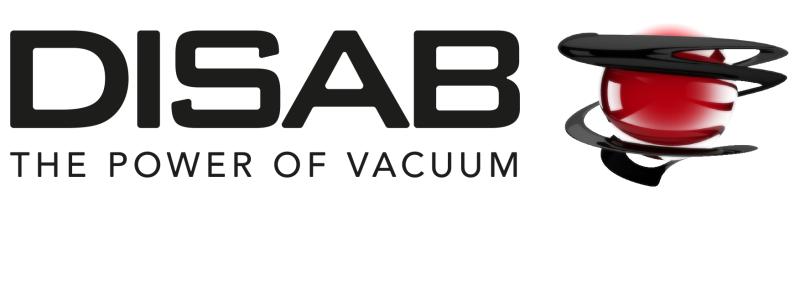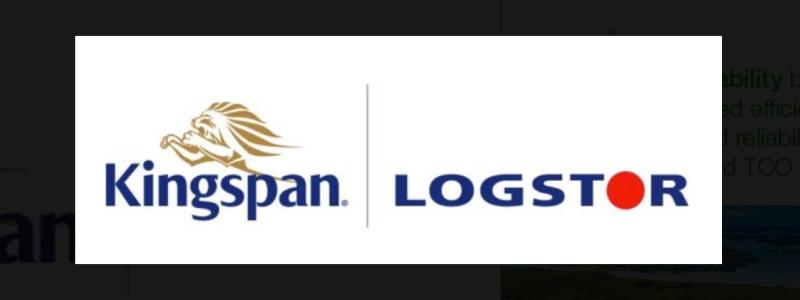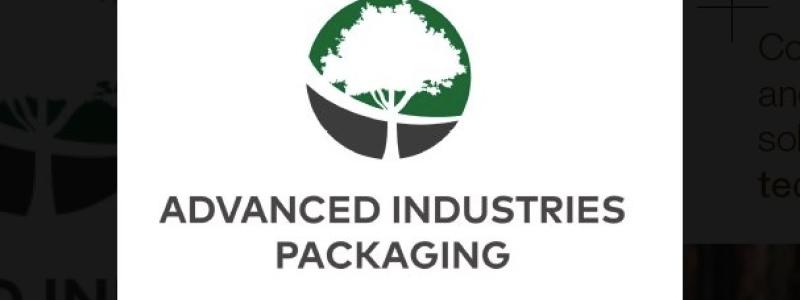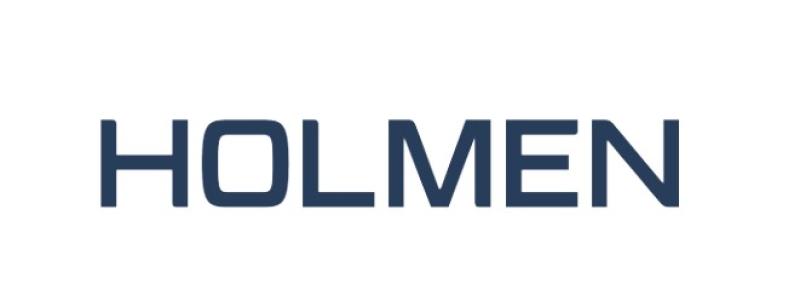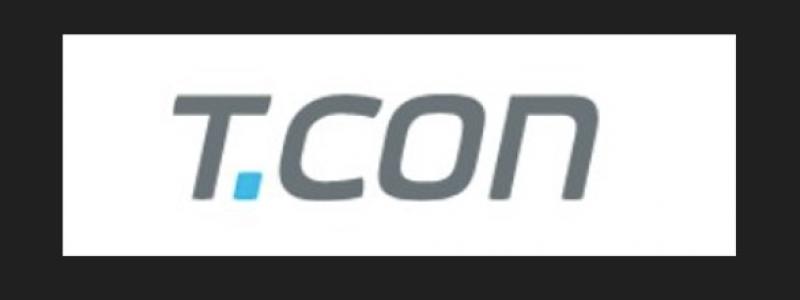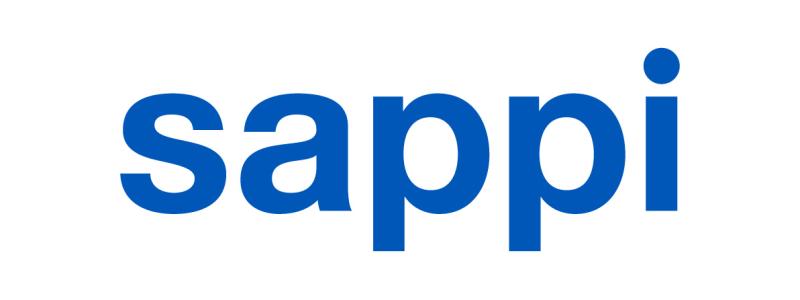Metsä Board, a leading supplier of fresh fibre paperboards and part of Metsä Group, has updated its strategic 2030 sustainability targets. The new targets highlight its commitment to safeguarding natural biodiversity, mitigating climate change, promoting the sustainable use of natural resources, healthy workplace communities and ethical operations. The sustainability targets are categorised according to the ESG perspectives.
Natural biodiversity is safeguarded in wood sourcing through measures that increase the diversity of tree species and the amount of decaying wood, and by preserving valuable habitats. The 2030 targets are monitored with a comprehensive, more than doubled set of indicators. Also climate-positive actions in forests have been increased.
Metsä Board’s target regarding climate change is unchanged. To mitigate climate change Metsä Board is aiming for 100% fossil free production and products by the end of the year 2030. This target includes both emissions from the company’s own energy production (scope 1) as well as purchased energy (scope 2). Currently, 87% of the energy used at Metsä Board mills is fossil free.
For water use, Metsä Board has set an even stricter target of 35% (previously 30%) reduction in process water use per product tonne and continues to aim at a minimum of a 10% energy efficiency improvement by the end of the year 2030 compared to the 2018 level.
Several indicators related to ethical operations and well-being at work have been added in target setting. Metsä Board will monitor job satisfaction, the implementation of anonymous recruitment processes, and the share of women in leadership positions.
Indicators related to society and supply chain sustainability include the share of certified wood, supplier surveys and audits, and shared sustainability targets with key partners.
Metsä Board’s sustainability targets are in line with the strategic sustainability 2030 objectives of Metsä Group. The sustainability target updates are based on materiality analysis based on discussions with various stakeholder groups. The analysis was carried out in the autumn 2022.




